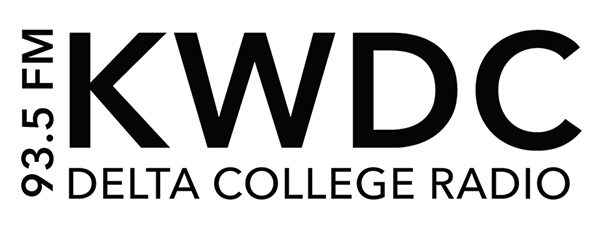When Delta College student Daymian Villapudua thinks of Thanksgiving, he recalls the Pilgrims.
“They really didn’t have any food with them,” he said. “They needed help from the Indians to kind of stay alive during that time. And that’s how it all started.”
Why do many Americans slice turkey, pour gravy, and feast nonstop every November?
Is it to celebrate the generosity, cooperation and gratitude exemplified by our Puritan and Native American predecessors?
Or is this oft-repeated origin story more myth than fact?
The history of Thanksgiving has been explored by numerous scholars including professors here at Delta, and the central valley.
Mourt’s Relation, a document written by William Bradford and Edward Winslow includes an account of what some consider the first Thanksgiving.
Winslow was a prominent member of Plymouth Colony.
In the document, Winslow describes a bountiful harvest and the hunting of fowl to celebrate.
According to Winslow, the Pilgrims were joined by the natives in a three day feast.
“Thanksgiving,” an essay written by James W. Baker states, “historically, the New England Thanksgiving evolved without any association with Pilgrim dinners, Indian guests or harvest celebrations.”
Baker is a former director of research at Plymouth Plantation.
It was not until 1841, when Rev. Alexander Young took the liberty of identifying the 1621 feast as “the first Thanksgiving,” that the holiday began to be associated with the Pilgrims and Wampanoag natives.
Many Delta students continue to relate Thanksgiving to the early Puritans.
“I only know a few things about the origins of Thanksgiving,” wrote delta student Lauren Myers in an interview. “It has something to do with Pilgrims having a feast following a good harvest.”
“The very nature of a celebration, extending over several days or a week with secular ‘recreations’ and non-Christian guests, is what pious Calvinists such as the Pilgrims would be first to protest had no place in any Christian holy day,” says Baker.
The Calvinist (religious Christian sect) Thanksgiving arose from Puritans’ dissatisfaction with the deluge of overly-pagan Christian holidays in England.
According to Baker, Puritans created a purer ritual, which “praised God for his goodness and made sure that His people’s gratitude was made evident.”
The Pilgrims brought this Thanksgiving to New England, and until the Victorian era began the holy day meant “attendance at church, return to the old homestead and the reunion of the extended family in a private communion with tradition,” says Baker.
Dr. Brendan Lindsay, an Assistant Professor of Native American History at CSU Sacramento, notes a discrepancy.
“I think it is crucial to recall there is not a Second Thanksgiving,” he said in an email interview.
The Pilgrims’ feast “did not represent the beginning of a tradition,” he added.
Rather, it was “a moment in time between the Pilgrims and a specific group of Wampanoag under the sachem, Massasoit, who came together for a one-time celebration.”
“The Wampanoag and the Pilgrims at the time of the First Thanksgiving had a mutually beneficial relationship,” said Lindsay.
Soon after the friendly relationship came to an end.
“Massasoit’s son, Metacom, was resisting the Pilgrims and Puritans in an all-out war,” said Lindsay. “Which led to his brutal death and mutilation, and the selling of the Wampanoag survivors into slavery in the West Indies.”
If the Plymouth feast was not a genuine Thanksgiving, as seems likely, why do we associate it with the holiday?
Dr. William Swagerty, a Professor of Native American History at University of the Pacific, said that “there is much mythology associated with the reciprocity of 1620/21.”
However, he acknowledges “any memory of sharing and reciprocity had been forgotten as the English colonists attempted to wipe
out the local Indian people who had initially befriended them.”
Throughout history, people create myths to embody the values they want to believe in, that they hold dear,” said Robert Rennicks, an Delta Professor of Mythology, in an email interview.
“The mid-nineteenth century Americans wanted to ‘create’ a story that embodied the values of sharing & cooperation, community, equality, acceptance — and, of course, gratitude,” he said.


